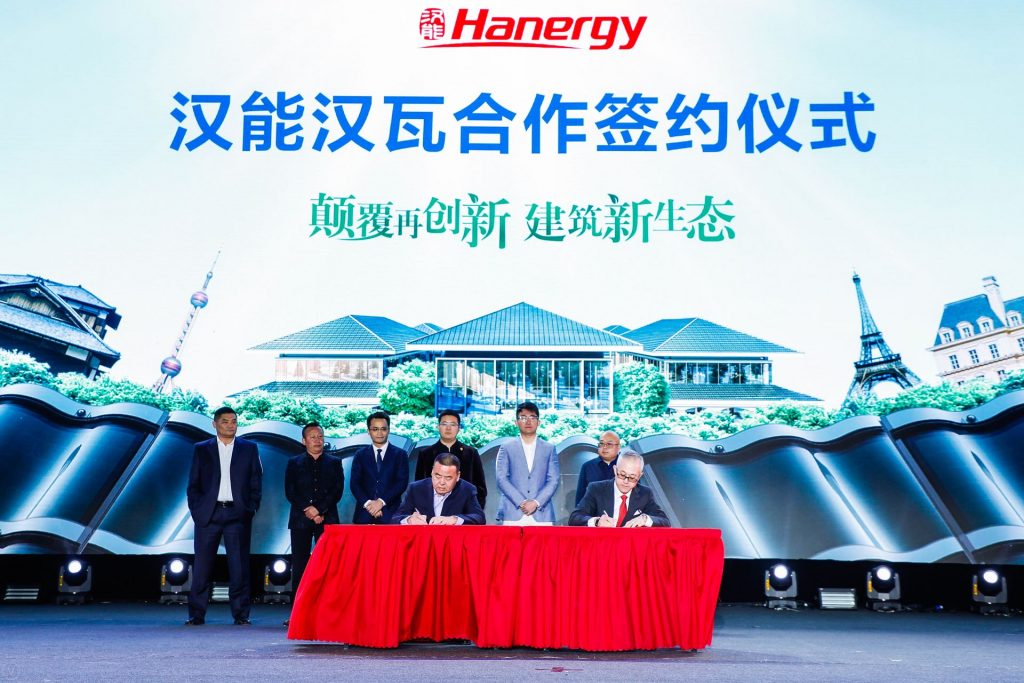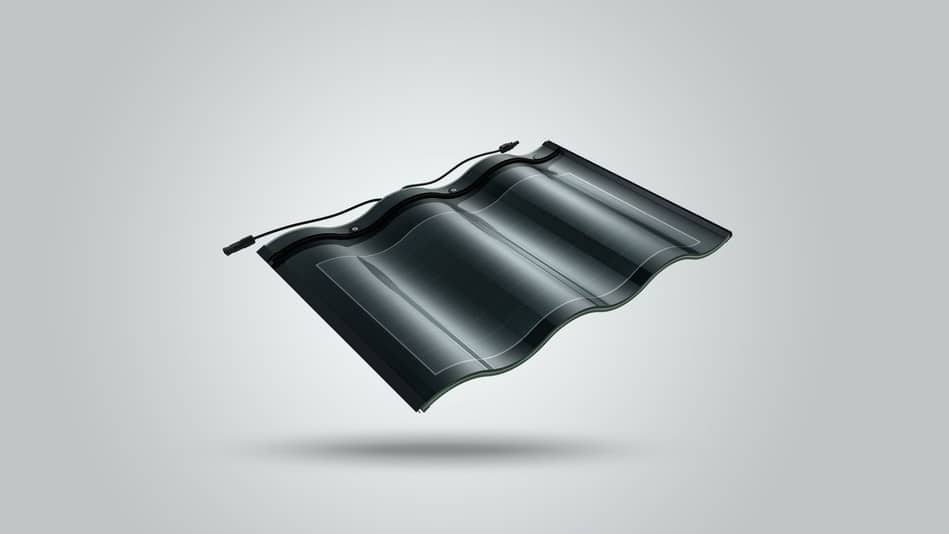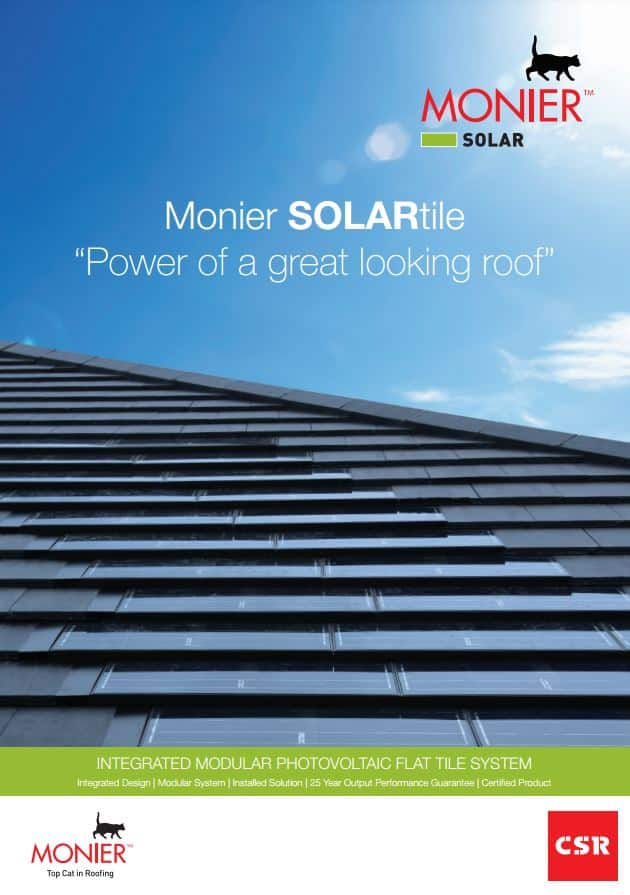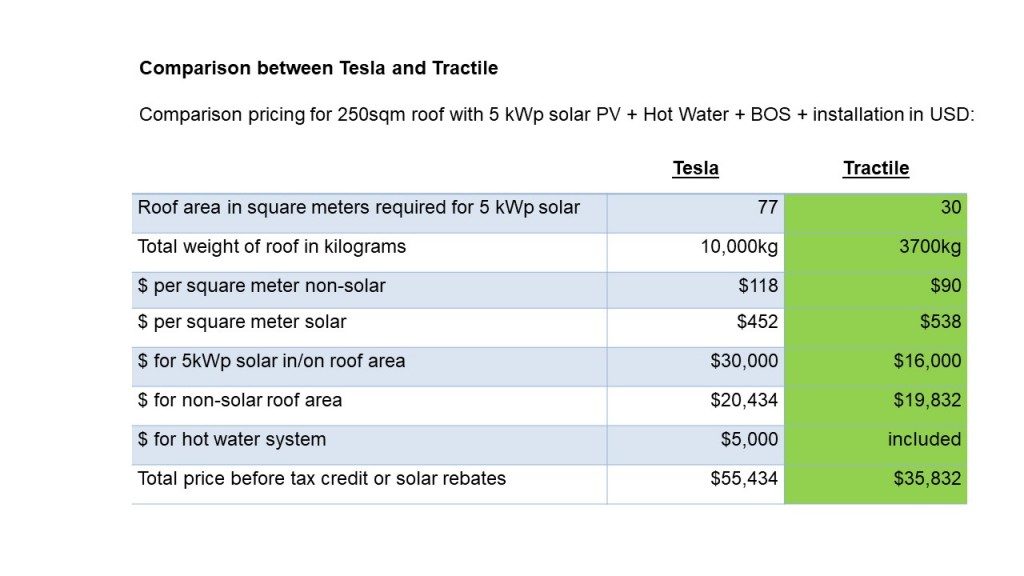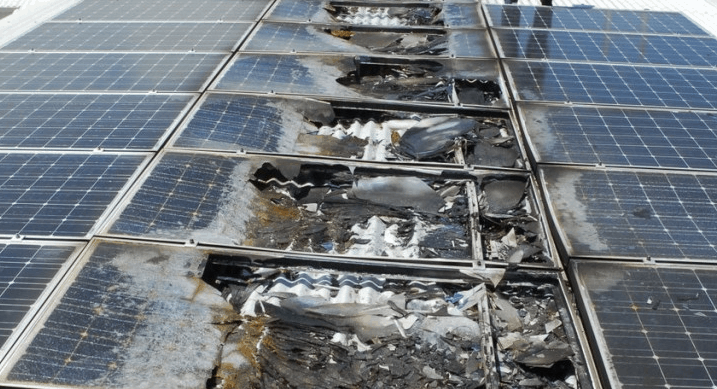Can you walk on solar panels? We could probably answer this article with one word – no. But let’s take a look at how walking on solar panels damages them – with cracks, damaged cells (which are impossible to see with the naked eye), and more. We’ll also investigate some of the most durable solar panels you can buy in 2018.

Can you walk on solar panels?
Still no. A running joke between colleagues in the solar industry is when a new ‘cowboy’ outfit comes to town with a bunch of flashy solar marketing – which involves pictures of installers blithely standing or crouching on top of a panel, potentially doing very serious damage to the efficacy of the system. And the fact that the damage compounds over time means it’s sometimes difficult to correlate the problem to find out what happened to make your solar system underperform…
When we talk about walking on solar panels, this doesn’t just mean the glass itself – you need to stay off the rails and frame as well.
If you absolutely insist on a super-strength solar panel someone light could walk on, or you live somewhere with strong hail/wind/snow loads, SolarWorld have a Sunmodule which is extremely hard. View a video of its endurance here:
Tesla’s Solar Roof also has great durability and is an option for those needing a very strong solar panel. Note that we still recommend you don’t step on this, or any solar panel, unless you have to rescue an ailing baby bird or retrieve a pot of gold. They’re simply not made for it.
NREL, the National Renewable Energy Laboratory, have produced a video showing the invisible damage from walking on a solar panel.
According to the video, after a cell is cracked, its power output degenerates far more rapidly than usual (every solar panel’s output decreases with time). Temperature changes (like the difference between day and night, or different seasons) cause thermal expansions and contractions which pull apart the materials around the crack, exacerbating the problem.
In short – please don’t walk on solar panels.

